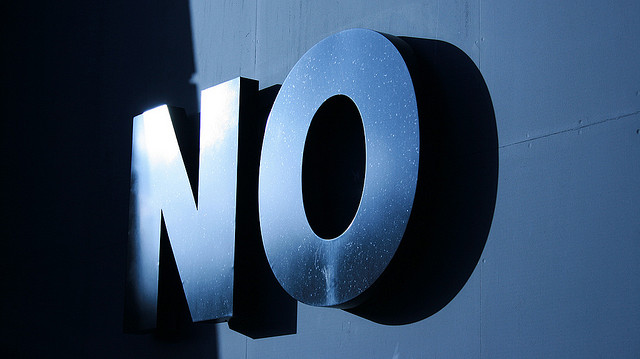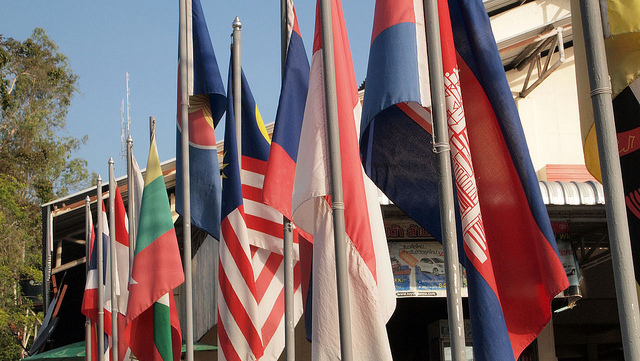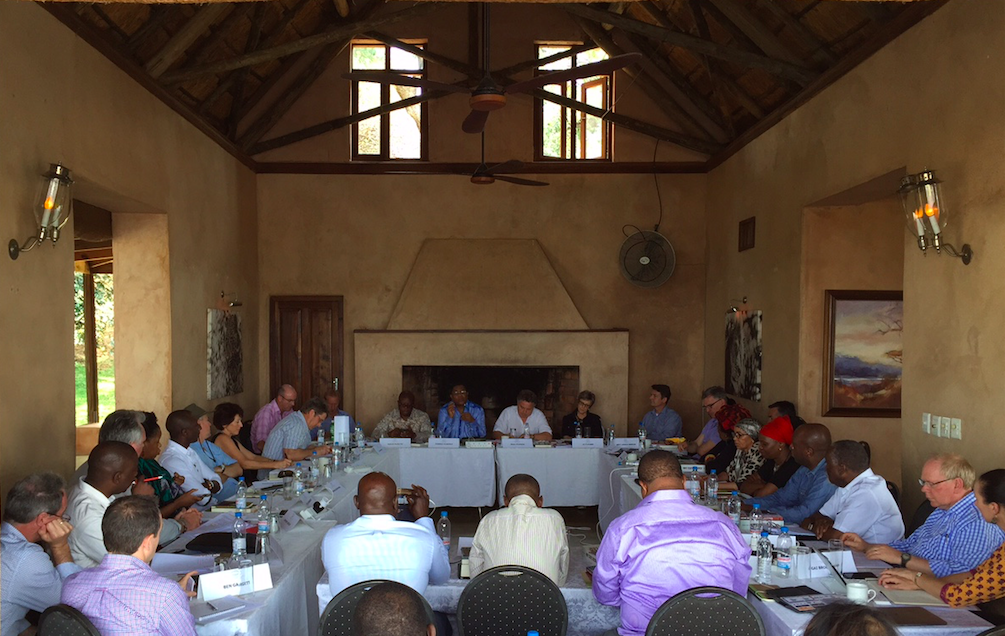It’s the supply chain… dummy!

A complex network of interconnected supply chains keep Australia fed, fuelled, and functioning. But recent changes to Australia’s energy supply chain mean they’re increasingly vulnerable to disruption.
Australia, like most advanced economies, relies on a ‘just-in-time’ supply chain system, in which goods are delivered only when they’re needed in the production process. That makes a lot sense economically, as it increases efficiency.
But supply chains don’t operate in a vacuum; they’re intricate and interconnected systems of systems. The efficient functioning of ‘just-in-time’ manufacturing supply chains depends in turn on domestic fuel supply chains that allow trains and trucks to transport goods.
These domestic fuel supply chains themselves rely on international maritime ‘just-in-time’ fuel supply chains that bring refined fuel to Australia for further distribution around the country. Even a slight disruption to this process can have cascading consequences.
Supply chain interdependencies can become very obvious in such circumstances. The slowdown in global automotive manufacturing caused by the 2011 Japanese Tohoku earthquake and tsunami involved a series of disruptions to suppliers up and down the supply chain. Many Japanese automakers believed that their suppliers were more reliable than they actually were, and several supply chain bottlenecks were exposed by the disaster. That in turn affected automakers outside of Japan, whose supply chains were susceptible to the same bottlenecks.
While Australia’s economy is more services-based than Japan’s, we can learn much from the experiences of Japanese automakers in 2011. A key lesson is that disruptions to supply chains can be both regional and global, meaning that multiple industries across linked economies can be affected.
Another lesson comes from the fact that the Japanese automotive manufacturing industry was able to recover relatively quickly thanks to explicit planning for supply chain resilience. Earthquakes are a familiar hazard, and were duly considered in Japanese supply chain planning. While Australia faces a different set of potential disruptions, planning for them is prudent.
Fuel is a fundamental input to supply chains; if the fuel stops, everything else stops. So identifying vulnerabilities in Australia’s maritime energy supply chains is critical. Due to recent refinery closures, Australia’s increasingly dependent on Asian suppliers (notably Singapore, South Korea, and Japan) for the refined fuels that keep our supply chains running. By outsourcing most of its refining, Australia has effectively ceded the ability to regulate its domestic fuel stocks to the international petroleum industry and to maritime suppliers.
Australia isn’t compliant with the suggested minimum ‘whole-of-economy’ fuel reserves set by the International Energy Agency (IEA), which mandates that member states hold 90 days’ worth of fuel reserves. By some accounts Australia has only 71 days of industry fuel stockholdings (and no public reserves), equivalent to about 23 days’ worth of consumption. However, Australia’s non-compliance is set to be addressed over the coming decade with the announcement that it will comply with IEA regulations by 2026.
But there’s a problem with that. Part of that planned compliance depends on the purchase of oil ‘tickets’, which give Australia priority when buying crude oil from another producer in the case of a disruption. What oil tickets don’t do is provide any guarantees on how that oil will get to Australia.
If the maritime energy supply chain is disrupted, the oil Australia is a priority customer for might be stuck where it was produced while Australians are running on empty. Purchasing oil tickets may make Australia technically compliant with IEA regulations, but whether it makes Australia’s energy supply chains less vulnerable will depend on the context of the disruption.
A solution could be for the federal government to pass legislation that enacts national supply vulnerability reduction measures. This legislation could mandate a number of measures, notably the establishment of mandatory fuel reserves based on type and projected needs. The reserves could be implemented by the Department of Environment and Energy using federal funds; this model is similar to the American Strategic Petroleum Reserve, funded by the US Department of Energy.
Encouraging the re-establishment of a large domestic refining capacity through a series of tax breaks for the petroleum industry is another possible solution.
A third option is to decrease demand for petroleum by moving towards renewable energy sources. Renewable energy has its limitations so Australia’s future energy supplies will likely continue to be a mix of renewable and non-renewable.
This would help alleviate some of Australia’s dependence on overseas imports—especially refined fuels—that are extremely vulnerable to disruption. The US government has had such legislation in place for some time and the Department of Homeland Security has established strategies for the identification of disruptive triggers for loss of global supply chain continuity.
Given Australia’s reliance on imported fuel and the variable storage of reserves, considering the effectiveness of implementing strategic and legislative solutions similar to those in the US makes sense.




 ‘Alternative Futures’ is a methodology sometimes used in strategic planning, in which the robustness of current plans is tested against various hypothetical futures. (The RAND Corporation sometimes uses this approach—they used it to test US Army force structures
‘Alternative Futures’ is a methodology sometimes used in strategic planning, in which the robustness of current plans is tested against various hypothetical futures. (The RAND Corporation sometimes uses this approach—they used it to test US Army force structures




